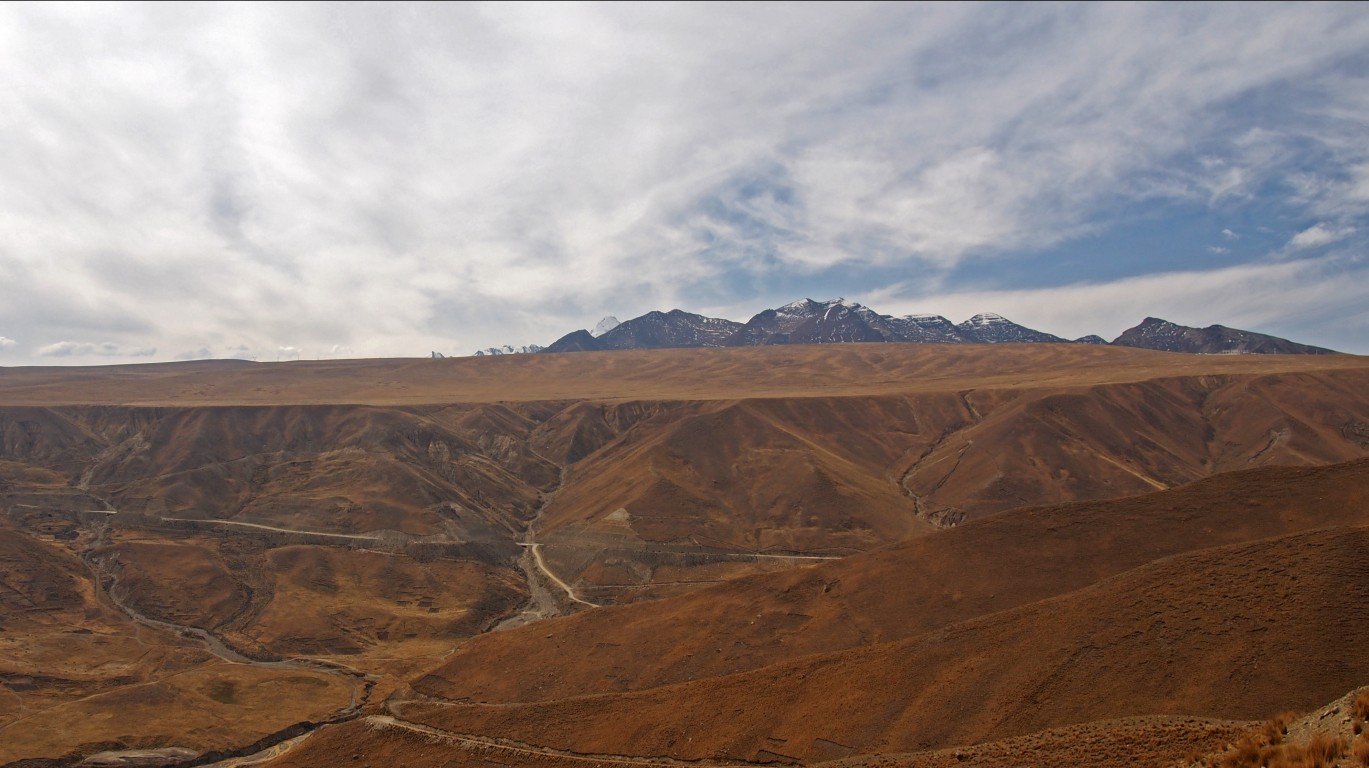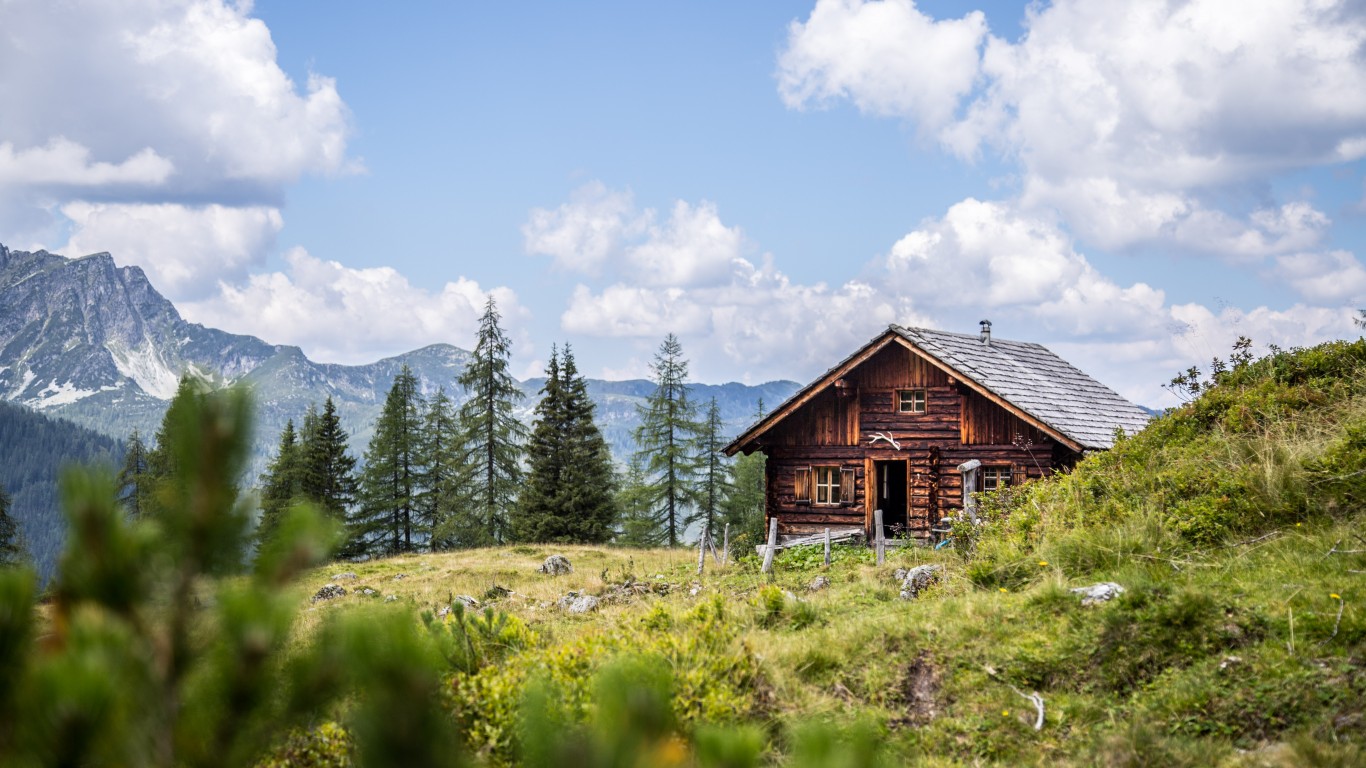
Alps
> Location: France, Switzerland, Monaco, Italy, Liechtenstein, Austria, Germany, and Slovenia
Just 15 years ago, the glaciers atop the Alps held 10% more water that they do today, and the ice continues to recede. The loss of glacial ice signals a slow march to extinction for the unique Alpine plants that are now migrating higher at a rate of 0.05 to 4 meters a decade, being replaced by lowland flora.
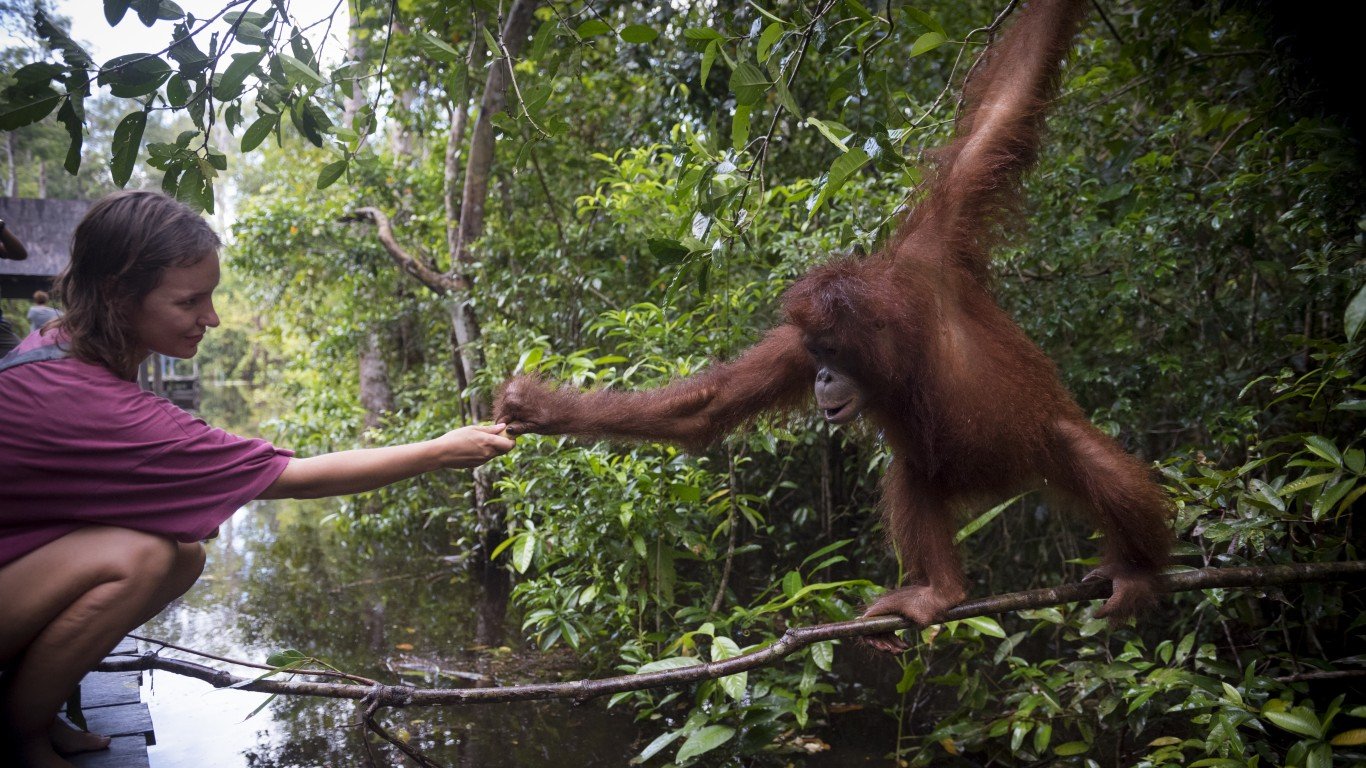
Borneo’s Rainforest
> Location: Borneo
Borneo has some of the highest concentrations of forestland and biodiversity in the world, but heavy deforestation and the effects of climate change are working in combination to threaten Borneo’s increasingly endangered species, including the orangutan. In particular, wildfires have increased in intensity over the last two decades as temperatures rise and Borneo suffers from drought and a drying out of the landscape.
Chacaltaya Glacier
> Location: Bolivia
Glaciers are particularly vulnerable to climate change and are shrinking rapidly all over the planet. High in the Andes, over 3 miles above sea level, the Chacaltaya Glacier was, until the 1990s, the highest ski center in the world. In the few years between 1992 and 2005, Chacaltaya Glacier lost 90% of its surface area and 97% of its volume. It is now gone.
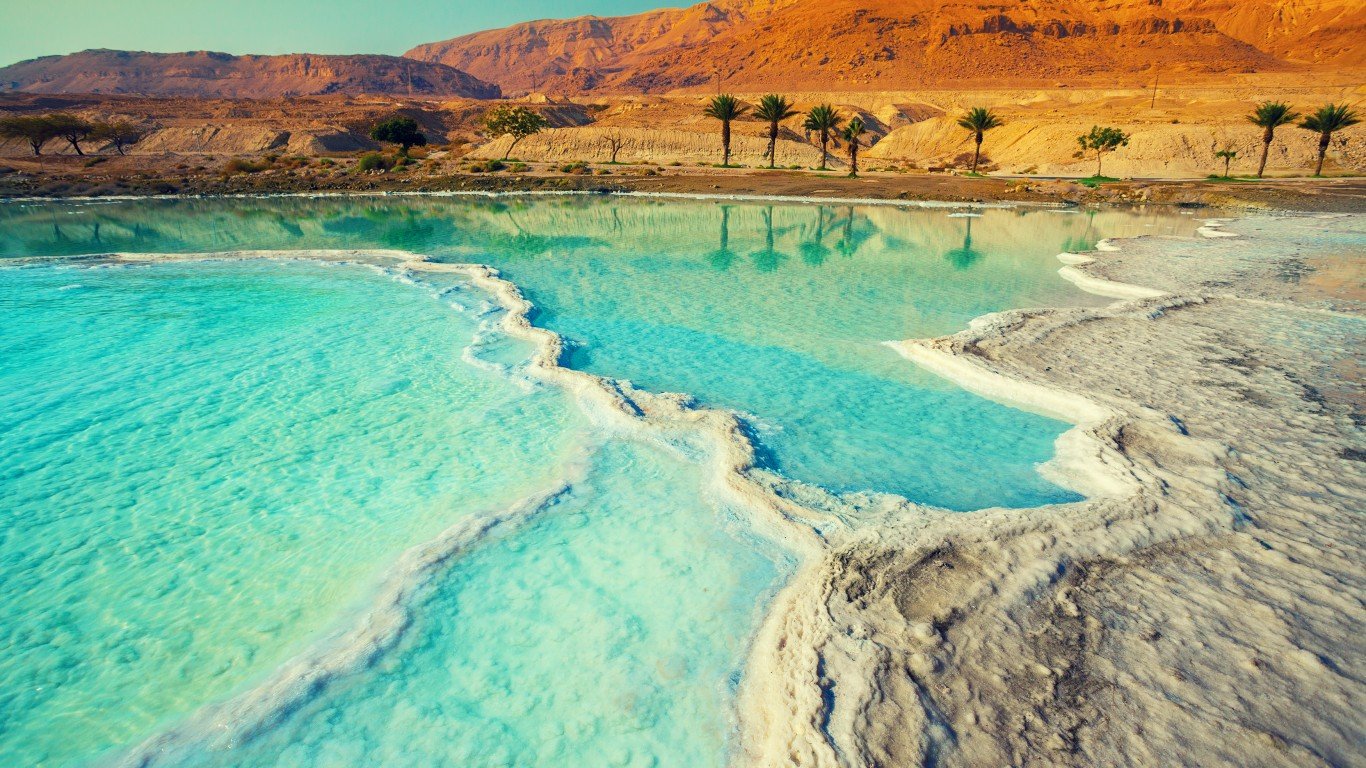
Dead Sea
> Location: Jordan and Israel
Climate change is warming many of the world’s lakes faster than the oceans, causing them to shrink, some at a startlingly rapid rate. While the Dead Sea has suffered from direct human intervention, such as diversion of water supplied by the Jordan River and mineral extraction, much of its volume has been lost to evaporation attributed to temperature rise. In the last half century, the Dead Sea has lost one-third of its surface area, and continues to shrink by 1 meter every year.
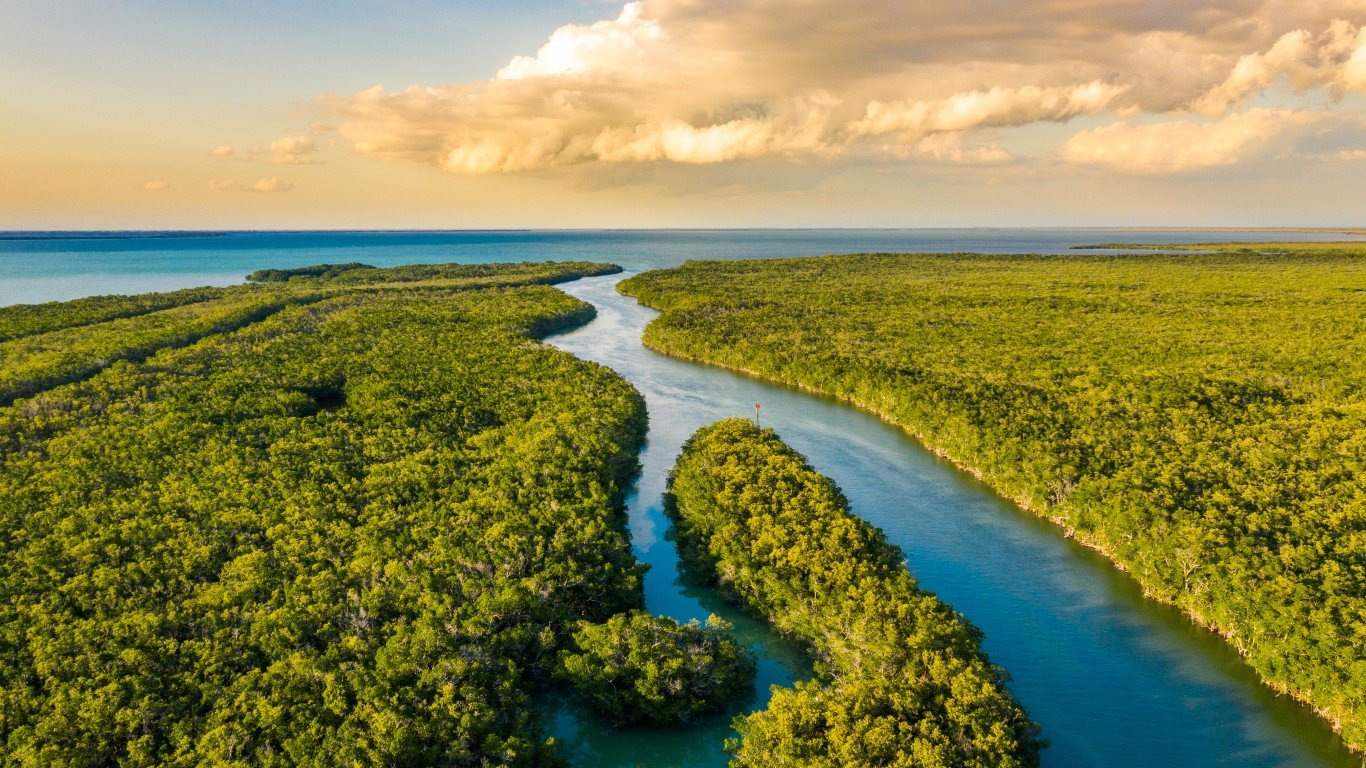
Everglades
> Location: Florida, US
With its low elevation and vulnerability to storms, the state of Florida is seriously threatened by climate change. Florida’s iconic Everglades National Park, at the state’s southern tip, is experiencing an increased movement of salt water into its freshwater interior, and increased salinity in its coastal soils. Caused in large measure by the sea level rise and storm surges brought on by climate change, the sea salt intrusion threatens the unique species of plant life found in the Everglades as salt-friendly flora, such as red mangroves, make their way inland.

